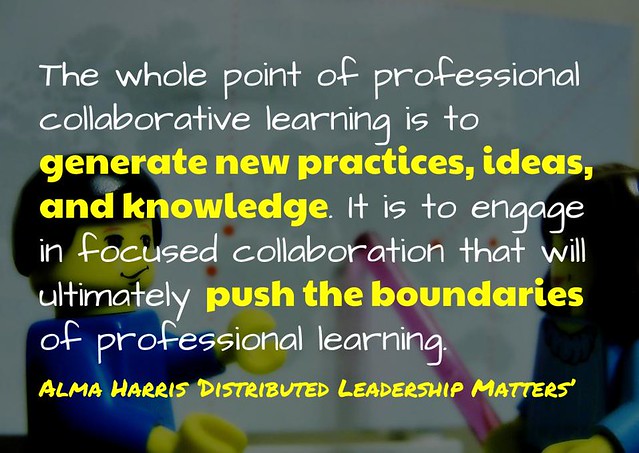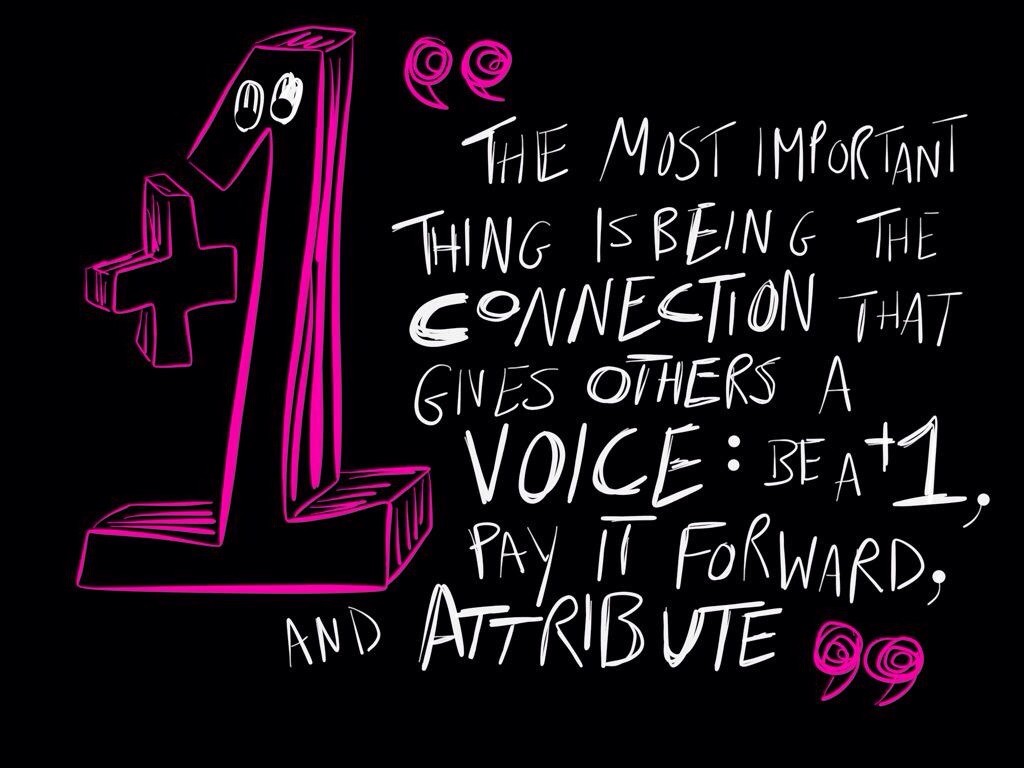
“Pushing Boundaries @almaharris1” by mrkrndvs is licensed under CC BY-NC-SA
So the prompt this week for the #EduBlogsClub is to:
Write a post that discusses leadership, peer coaching, and/or effecting change.
After some reflection, I thought it might be useful to review some of the books on leadership that have helped guide my thinking …
Compelling Leadership by Paul Browning
“The idea of trust is hard to define but we certainly know when it is missing”
Of all the qualities or attributes, Paul Browning argues that leadership is first and foremost about vision and trust. Importantly though, without trust there is nothing. To support leaders, Browning discusses ten practices designed to help engender trust: admit mistakes, offer trust to staff members, actively listen, provide affirmation, make informed and consultative decisions, be visible around the organization, remain calm and level-headed, mentor and coach staff, care for staff members, and keep confidences. This short book is a useful provocation and provides some useful questions to reflect upon.
Distributed Leadership Matters by Alma Harris
“Distributed leadership is primarily concerned with the interactions and the dynamics of leadership practice rather than a preoccupation with the formal roles and responsibilities traditionally associated with those “who lead.” This book argues that it is the practice of leadership that is most important if the goal, in schools and districts, is to secure better instruction and improved learner outcomes.”
There is potential within every organisations that goes untapped, this is often due to the lack of distributed leadership. For Harris, the level of distribution is a key indicator of high-performing organisations. Distributed leadership can be broken down further into four characteristics: the levels of trust, interdependence, reciprocal accountability and shared purpose. With all this in mind, Harris warns that the idea of distributed leadership can easily be misconstrued and abused. Although not designed as a step-by-step manual, this book is a useful provocation to help improve outcomes and performance in an organisation.
Start With Why by Simon Sinek
“There are only two ways to influence human behavior: you can manipulate it or you can inspire it.”
For lasting change and innovation you need trust, loyalty and inspiration, it is for this reason that Simon Sinek suggests starting with the question of why. At the heart of Sinek’s argument is what he calls the ‘golden circle’. Where most people begin with the what, dictating how we do things and hopefully why we do it. The golden circle is about working in reverse, from the inside out. The challenge is that a why is not something you simply invent, rather it is something discovered through deep reflection and action. In regards to leadership, this notion of why is best led organically and distributed across an organisation.
The Changing Face of Modern Leadership by David Culberhouse
“The rate, velocity, turbulence, and chaos of change is not only affecting our organizations, it is affecting our leadership. Today’s leaders can no longer, afford to just implement mandates and initiatives. They have to engage in ideas and thinking that not only re-imagine the very structures and processes of our organizations, but of our leadership and how that looks in today’s modern world.”
Beyond lists and frameworks of what works and is already known, David Culberhouse makes the case that the future will be different and that we need to start adjusting. In response to this challenge, leaders of tomorrow will be required to be more agile, engage with the question, recognise the fluidity of the systems we work in, provide balance between thoughts and action, and be comfortable with uncomfortableness. For Culberhouse there are four mindsets that are integral to this shift: learner, pioneer, innovative and servant. Although case studies are sparse in this book, this space forces you as a reader to make your own connections and dig deeper into your own context.
Renegade Leadership by Brad Gustafson
“The most distinguishing feature of Renegade Leadership is a blatant disregard for the impossible in pursuit of fulfilling our responsibility to prepare all students for their future.”
Going against the usual calls for revolution and revolt, Brad Gustafson describes how to foster a culture of innovation that is at the same time grounded in a belief about best practices. At the heart of this balance is having a clear belief and vision about education. Gustafson’s unpacks a list of traits pertinent to this practice of leadership, including pedagogical precision, transparency, connectedness, innovation, risk-taking, capacity building, child-centred, empowered learner, impact and moral courage. Renegade Leadership provides ammunition to tackle change no matter what context you are starting from.
Student-Centred Leadership by Vivian Robinson
“The more leaders focus their relationships, their work, and their learning on the core business of teaching and learning, the greater will be their influence on student outcomes.”
For Robinson leadership is more than the usual discussion of management, relationships or innovation, the key is the value added to student learning. She identifies three capabilities important to having the greatest impact as being the application of knowledge, solving problems and building trust. These capabilities support responses to what she highlights as the five dimensions of leadership: establishing goals and expectations, resourcing strategically, ensuring quality teaching, leading teacher learning and development, and ensuring an orderly and safe environment. For Robinson, these capabilities and dimensions represent the how and what of student-centred leadership.
Tribes by Seth Godin
Leaders don’t care very much for organizational structure or the official blessing of whatever factory they work for. They use passion and ideas to lead people, as opposed to using threats and bureaucracy to manage them. Leaders must become aware of how the organization works, because this awareness allows them to change it.
According to Godin, tribes involve those who choose to lead, for if you want to you can. The tools of the web make it easier than ever to start a movement. The challenge we are faced with is overcoming our own fear of failure and change in order to be a heretic and develop something remarkable and original. Godin’s thesis can be summed up in five points: everyone is expected to lead, the structure of today allows this change, the market rewards remarkable, it is thrilling to lead and there is always a tribe waiting for you. Not your usual book on leadership, Godin’s intent is as much to guide as it is motivate. It is one of those books that you can easily dip into again and again.
So there are some books that have inspired me, what about you? What books would you recommend? As always, comments welcome.
If you enjoy what you read here, feel free to sign up for my monthly newsletter to catch up on all things learning, edtech and storytelling.









